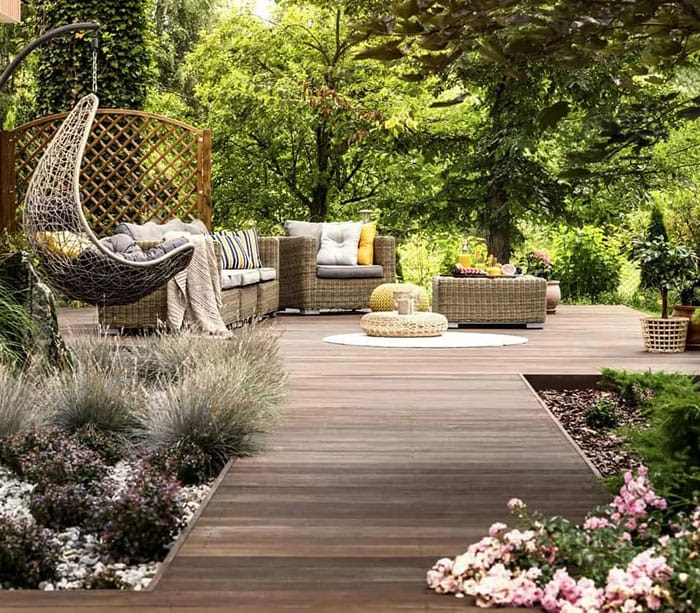
You have devoted a great deal of time and affection to your garden, nurturing and growing your plants, making it a hallowed space within your house. If something were to jeopardise their safety, it would be hard to see your efforts go in vain. Because of the harsh and erratic weather, it is normal for your garden to be negatively impacted by it, especially by flooding of any kind.
Numerous things can lead to flooding. What do they consist of? To learn more, continue reading the post.
We advise you to work with the best landscaping services in the Ponds to stay clear of confusion and to see potential hazards.
The issues below are some that bad drainage systems can lead to.
Flooding
Flooring can seriously endanger your garden. The worst part is that, if the water builds up for too long, flooding can harm your property’s foundation in addition to killing your living and developing plants.
Still Water
According to the experts who offer the best landscaping services near the Ponds, the ground on your property will become extremely slick due to standing water drawing your fruits, plants and vegetables. In addition, this water may encourage the growth of molasses, moulds, fungi and bacteria.
Erosion of Soil
The structure and standing of soils can be upset by badly designed drainage systems. It can move sand around, changing its structure and diminishing its significance for landscape design when considering sand depth.
How can these problems be resolved?
Setting up the Lawn
The simplest method for getting rid of any standing water in your backyard or lawn is this one. You can leave the lawn alone by making tiny holes for water to pass through. Additionally, this encourages nutrients and air to reach your garden’s roots.
Barrels of Rain
According to the specialist who offers the best landscaping services in the Ponds, to collect extra water, just set up rain barrels in strategic places.
Drainage Pipe
Your lawn drainage system can make sure that all the extra water drains away by including a basic pipe structure.
Porous Substances
Use porous materials, such as gravel, to allow water to escape easily, as opposed to materials that prevent it from doing so, such as concrete.
If you find this blog useful, share it with your loved ones!
Comments
Post a Comment